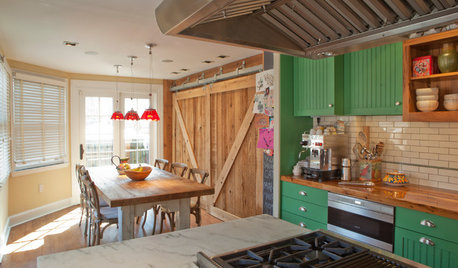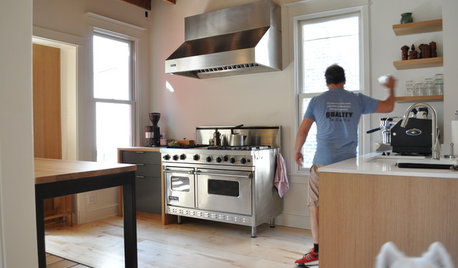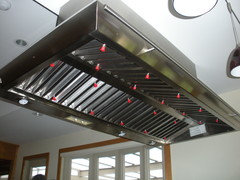Internal vs external blower for Wolf pro hood
Terrace1919
9 years ago
Featured Answer
Sort by:Oldest
Comments (9)
cookncarpenter
9 years agoRelated Professionals
Fox Lake Kitchen & Bathroom Designers · Hillsboro Kitchen & Bathroom Designers · North Versailles Kitchen & Bathroom Designers · Pleasanton Kitchen & Bathroom Designers · Queen Creek Kitchen & Bathroom Designers · Vineyard Kitchen & Bathroom Designers · White House Kitchen & Bathroom Designers · East Tulare County Kitchen & Bathroom Remodelers · Hanover Township Kitchen & Bathroom Remodelers · Panama City Kitchen & Bathroom Remodelers · Turlock Kitchen & Bathroom Remodelers · Shaker Heights Kitchen & Bathroom Remodelers · East Saint Louis Cabinets & Cabinetry · Key Biscayne Cabinets & Cabinetry · North Massapequa Cabinets & Cabinetrykaseki
9 years agoTerrace1919
9 years agoVerna Norris
7 years agokaseki
7 years agobarryv_gw
7 years agokaseki
7 years agobarryv_gw
7 years ago
Related Stories

TASTEMAKERSPro Chefs Dish on Kitchens: Michael Symon Shares His Tastes
What does an Iron Chef go for in kitchen layout, appliances and lighting? Find out here
Full Story
TASTEMAKERSPro Chefs Dish on Kitchens: How Marc Vetri Cooks at Home
Learn an Iron Chef's kitchen preferences on everything from flooring to ceiling lights — and the one element he didn't even think about
Full Story
KITCHEN DESIGNPro Chefs Dish on Kitchens: Paul Kahan Shows His Urban Sanctuary
Peek inside Kahan's newly redone home kitchen and learn what he considers most important for a cooking space
Full Story
KITCHEN DESIGNHow to Choose the Right Hood Fan for Your Kitchen
Keep your kitchen clean and your home's air fresh by understanding all the options for ventilating via a hood fan
Full Story
KITCHEN DESIGNWhat to Know When Choosing a Range Hood
Find out the types of kitchen range hoods available and the options for customized units
Full Story
KITCHEN APPLIANCESThe Many Ways to Get Creative With Kitchen Hoods
Distinctive hood designs — in reclaimed barn wood, zinc, copper and more — are transforming the look of kitchens
Full Story
KITCHEN DESIGNA Cook’s 6 Tips for Buying Kitchen Appliances
An avid home chef answers tricky questions about choosing the right oven, stovetop, vent hood and more
Full Story
KITCHEN APPLIANCESLove to Cook? You Need a Fan. Find the Right Kind for You
Don't send budget dollars up in smoke when you need new kitchen ventilation. Here are 9 top types to consider
Full Story
KITCHEN DESIGNHow to Find the Right Range for Your Kitchen
Range style is mostly a matter of personal taste. This full course of possibilities can help you find the right appliance to match yours
Full Story
KITCHEN DESIGN16 Practical Ideas to Borrow From Professional Kitchens
Restaurant kitchens are designed to function efficiently and safely. Why not adopt some of their tricks in your own home?
Full StorySponsored
Zanesville's Most Skilled & Knowledgeable Home Improvement Specialists
More Discussions









hvtech42